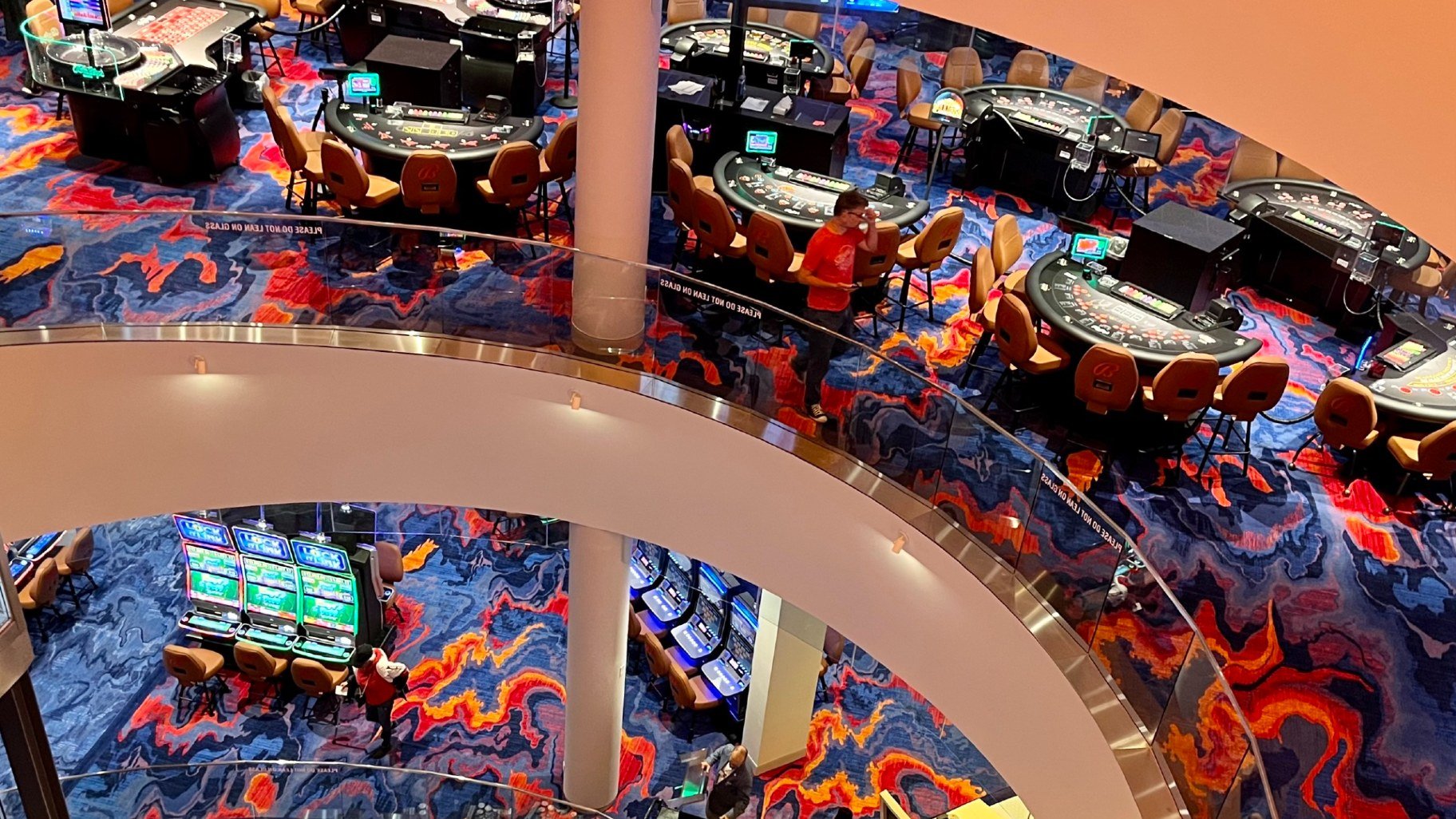Within the lively and exciting world of casinos, where fortune and tactics intertwine, color and design play a key role in attracting gamblers. As soon as players step inside a casino or access a gaming platform, they are enveloped in a sightly feast that captures their attention and lures them to explore more. https://da88f.app/ Bright colors, engaging graphics, and innovative layouts are carefully crafted to create an environment of thrill and expectation, ultimately enhancing the gaming experience.
While gamblers move through the ever-changing landscape of casino games, they encounter a variety of designs that not only serve aesthetic purposes but also influence feelings and decision-making. Colors like scarlet and yellow symbolize riches and fortune, while soothing blues and emeralds can create a much tranquil environment. Understanding how these elements work together allows casinos to create an inviting and energizing atmosphere that encourages players to engage with the games, spend more time at the tables, and increase their general enjoyment.
The Study of Hue in Gambling Games

Hue plays a key role in the creation of gaming experiences, affecting player emotions and behaviors. Vivid and striking hues, such as red and yellow, are often used to stimulate enthusiasm and capture focus. These hues create a sense of immediacy and energy, encouraging participants to involve themselves more enthusiastically with the experience. By intentionally selecting hues, developers aim to elicit emotions of joy and anticipation, which can enhance the total gaming experience.
Different shades also have psychological meanings that can affect how participants perceive their chances of victory. For example, lime is commonly associated with luck and prosperity, making it a well-liked choice in games like roulette and poker games. This link can cause gamblers to feel more hopeful and assured in their gaming, ultimately encouraging them to wager more. Grasping these connections allows game designers to create environments that enhance player enjoyment and engagement.
Furthermore, the interface of gaming interfaces often employs gradients and differing hues to instruct player actions. For instance, successful results may be accentuated with striking, differing shades, creating a visual incentive. This method supports positive outcomes and supports repeated participation. By exploiting color psychology, gambling establishments can create activities that not only attract participants but also maintain them interested and committed in their gaming experience.
Creative Elements that Attract Gamers
The aesthetic appeal of gambling games is primarily influenced by the use of bold colors. Lively and striking colors are strategically chosen to create an inviting atmosphere that captures interest. For instance, reds and golden hues often signify luck and wealth, which is why they are prevalent in the palettes of slot machines and table surfaces. These colors not only draw players in, but they also evoke emotions associated with thrill and expectation, enhancing the overall gaming experience.
In addition to color, the aesthetic and layout of casino games play a significant role in player attraction. Games are designed to be intuitive, ensuring that players can quickly understand the rules and gameplay. Accessible interfaces, along with captivating graphics and motion, help maintain player interest and encourage longer play sessions. The physical elements, such as the feel of the controls and the audio of the games, also contribute to a holistic sensory experience that keeps players engaged.
Finally, thematic elements in game design can greatly influence gaming decisions. Many gambling games are inspired by popular culture, fairy tales, or exploration motifs, incorporating symbols and characters that connect with players. These themes create a sense of immersion and connection, making each game feel distinct. When players feel a bond to the concept, they are more likely to choose that game over others, leading to increased participation and enthusiasm within the gambling environment.
Case Studies: Notable Gambling Game Designs
One prime example of impressive gambling game design is the popular slot machine series themed around hit movies. Games such as those based on the Wizard of Oz and Game of thrones utilize vibrant colors and high-quality graphics to engage players in well-known narratives. The use of lively visuals and captivating sound effects takes the attention of players, establishing an emotional connection to the theme. This approach not only fosters longer play but also improves the overall gaming experience, yielding increased player retention.
Another notable case is the application of the psychology of color in table games like 21 and the wheel. Casinos often design these games with rich reds and greens, colors traditionally connected with luck and wealth. For instance, the emerald felt on a blackjack table provides a soothing effect, while the red accents in the wheel invite thrill. This thoughtful use of color helps to foster an inviting atmosphere that encourages players to join in, satisfying their psychological impulses and boosting their enjoyment.
Finally, online casino games that incorporate social features and vivid, lively designs have achieved remarkable success in engaging players. Games like Zynga Poker and Slotomania leverage striking colors and playful animations to create an inviting online environment. The addition of leaderboards, social sharing options, and in-app rewards promotes competition and community, drawing players in for longer sessions. Such designs not just make the games visually appealing but also highlight community engagement, a crucial factor in player retention and engagement within digital casino environments.
